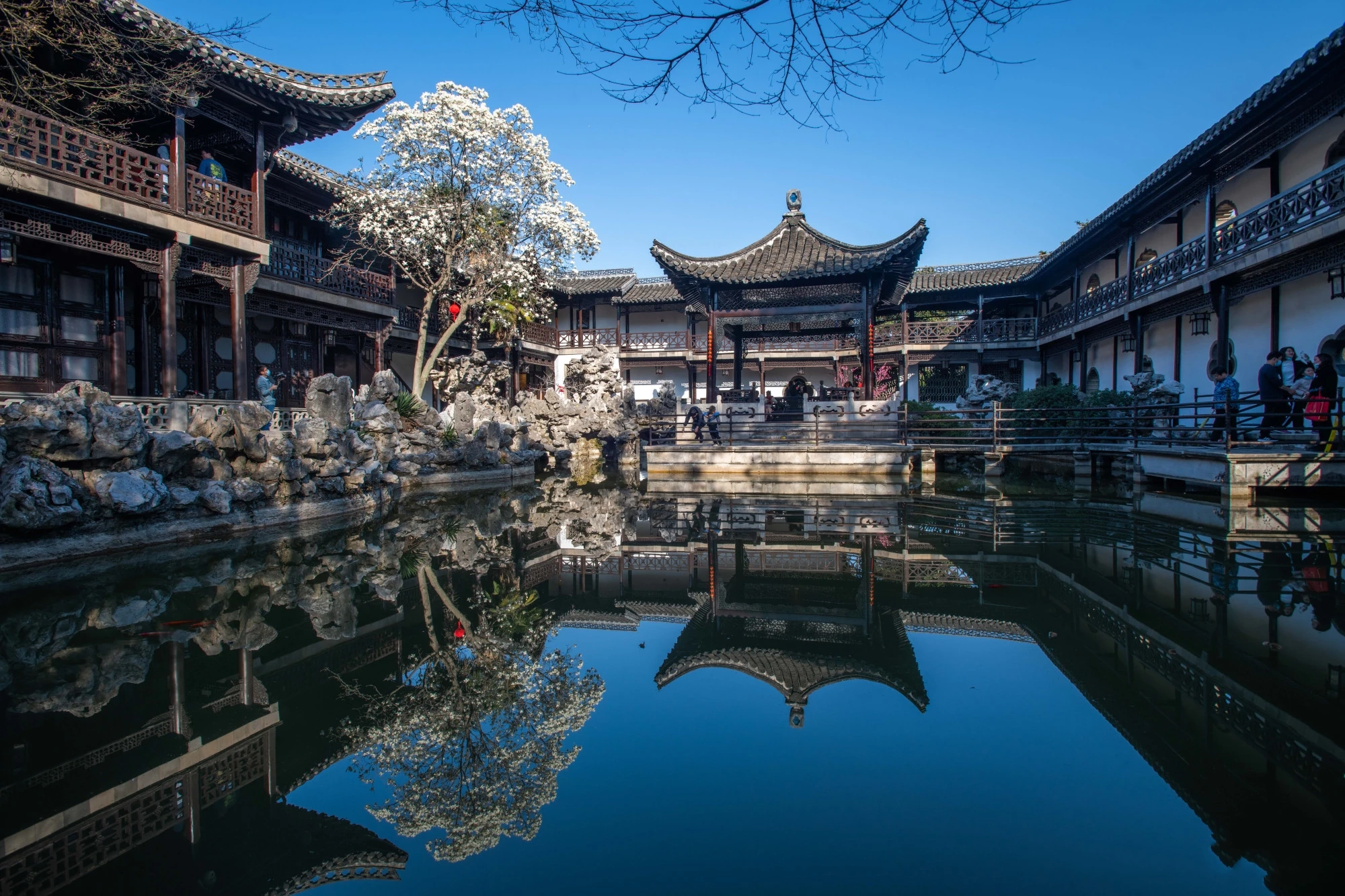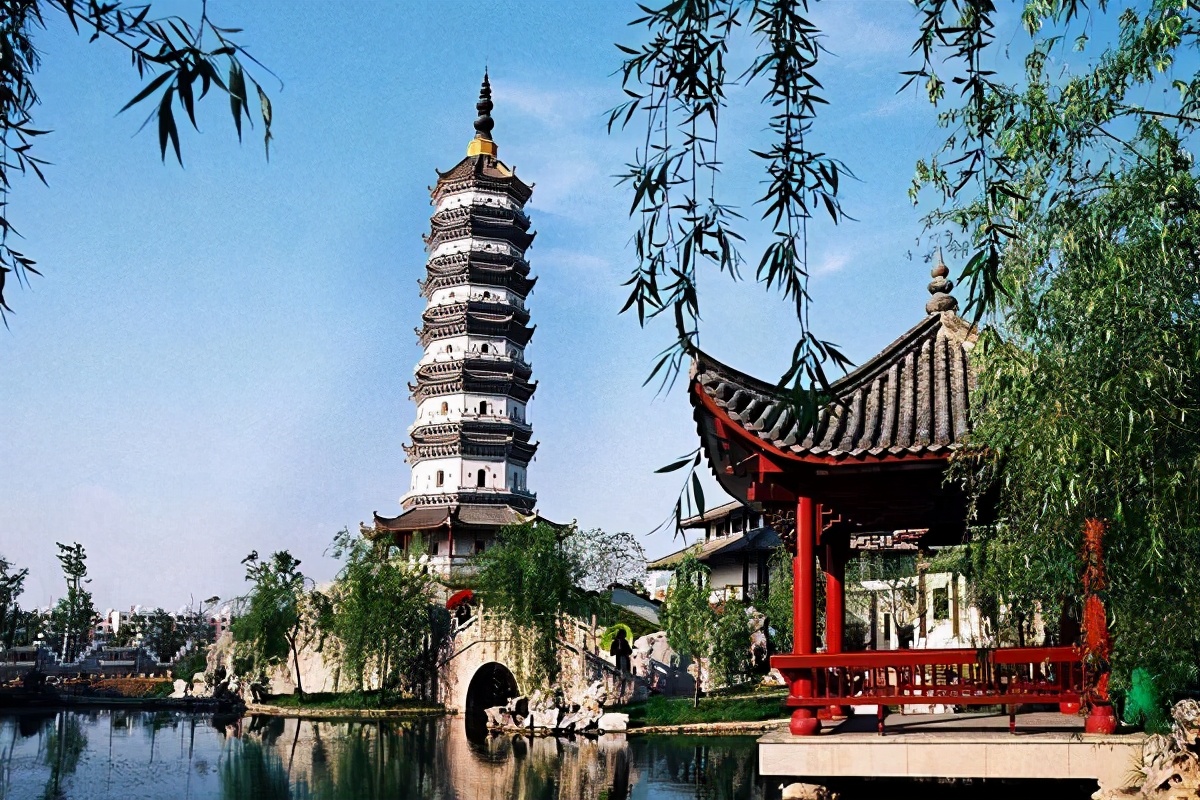
Deutsch-Chinesische Enzyklopädie, 德汉百科






恭王府由府邸和花园两部分组成,南北长约330米,东西宽180余米,占地面积约61120平方米,其中府邸占地32260平方米,花园占地28860平方米。
恭王府王府在南,花园在北,由高高的后罩楼将王府与花园分开。
恭王府分中东西三路,分别由多过四合院组成,后为长160米的二层后罩楼。
恭王府花园也分为三路。中路是西洋门,独乐峰,蝠池,安善堂及左右配殿明道堂,棣华轩,福字碑,邀月台,蝠厅;东路是怡神所垂花门,大戏楼,芭蕉院;西路是湖心亭,澄怀撷秀。此外还有龙王庙、榆关、妙香亭、流杯亭、艺蔬圃。
Prince Gong's Mansion,[1] also known as the Prince Kung Mansion, is a museum and tourist attraction located in Xicheng District, Beijing, just north of the Shichahai Lake. It consists of large siheyuan-style mansions and gardens. Originally constructed for Heshen, an official highly favoured by the Qianlong Emperor, it was later renamed after Prince Gong, a Manchu prince and influential statesman of the late Qing dynasty, who inhabited the mansion in the late 19th century.

In der Mitte der Stadt von Yangzhou liegt der Heyuan Garten, der nach der Familie He benannt ist. He Zhidao in der Qing Dynastie war der Besitzer. Der Garten ist wie ein klassischer chinesischer Garten mit seinen eigenen Schöpfungen angelegt.
(Quelle:http://www.chinadelightours.com)
何园,坐落于江苏省扬州市的徐凝门街66号,又名”寄啸山庄“,是一处始建于清代中期的中国古典园林建筑,被誉为“晚清第一园“,面积1.4万余平方米,建筑面积7000余平方米。何园由清光绪年间何芷舠所造,片石山房系石涛大师叠山作品。






Jinci (chinesisch 晉祠 / 晋祠) ist eine Tempelanlage in Taiyuan in der chinesischen Provinz Shanxi aus der Zeit der Song-Dynastie. Ihren Kern bildet der Ahnentempel des Fürsten Shu Yu.
Der Jinci Tempel hat eine lange Geschichte, die sich bis in die Westliche Zhou-Dynastie (11. Jahrhundert v. Chr. bis 711 v. Chr) zurückverfolgen lässt, als König Cheng seinen jüngeren Bruder Yu einen seiner Staaten überließ. Yu war ein intelligenter Führer und machte viele Beiträge zum Staat, so bauten seine Nachkommen nach seinem Tod einen Tempel für ihn, um seine Leistung zu ehren.[1]
晋祠,原名为晋王祠,初名唐叔虞祠,是为纪念晋国开国诸侯唐叔虞(后被追封为晋王)及母后邑姜后而建。位于山西省太原市晋源区晋祠镇,其文化遗产价值独特,是中国现存最早的皇家园林,为晋国宗祠。祠内有几十座古建筑,具有汉文化特色。


 Architecture
Architecture

 History
History